"Hope for Charity"-Men's Historical Fashions-18th-Century/Part 4-Accessories
- sandykayslawsonWriter

- Aug 12, 2024
- 5 min read
Welcome to the last episode of "The Life and Times of Hope for Charity" series. Today we plan to peek at men's accessories in the 18th century, particularly the Georgian Era in England where my series of novels, A Lady of Hope, is set. If you want to start at the beginning of this blog series, go here.

Men's Historical Fashions-18th-Century-Accessories:
Pocket Watches
Pocket watches seem to be one of those pieces of families' heritage commonly passed down through the generations. We have one on our shelf from my husband's grandfather. What about you? Do you have a pocket watch passed down to you? Does it still work? Unfortunately, ours does not. But it is still a special piece to have and display. Ours, however, is not as old as the ones pictured below. What about yours?
The journey of the pocket watch began in the 16th century with the advent of spring-driven clocks, marking a significant shift from weight-driven mechanisms. Initially, these portable timepieces were cumbersome and often worn as necklaces, but over time, they evolved into the sleek, pocket-sized versions we recognize today. By the 17th century, pocket watches had become more refined and aesthetically pleasing, incorporating intricate designs and advanced mechanisms, including alarms. The 18th century saw further advancements with the introduction of jeweled bearings and diamond embellishments, elevating the pocket watch to a luxurious status symbol. The precision of these timepieces improved with the addition of second hands and lubrication techniques.
Men's Historical Fashions-18th-Century-Accessories:
Sleeve Buttons (Sleeve Links/Cuff Links)
Cuff links, as they are known today, are still made and worn, although it is not as common to see these accessories these days (at least not in the circles in which I run 😄.) However, I do remember my father and grandfather wearing cuff links and my father has gifted pairs of cuff links to my husband. In the 18th century, they were called Sleeve Buttons or Sleeve Links. Some of them are quite beautiful.
Before buttons, shirt sleeves were simply tied together by ribbons and strings. The cuff link as we know it did not appear until the 17th century. As fashions changed during Louis XIV’s reign, upper-class European men began to use buttons joined by small chains to fasten their cuffs. Named boutons de manchettes, or “sleeve buttons,” by French tailors, these early men's cufflinks were usually silver or gold and sometimes decorated with miniature paintings of loved ones or royals. Cufflinks continued rising in popularity among the fashionable sect throughout the 18th century, especially as royalty and the aristocracy began to wear them more regularly.
Men's Historical Fashions-18th-Century-Accessories:
Walking Sticks
Walking sticks or canes are common for men and women in today's time, although functionality is the forethought for most of them. The walking stick, as part of historical men's fashions and accessories, was for purposes such as status symbols, protection, a container for other items, and yes, to assist with walking.

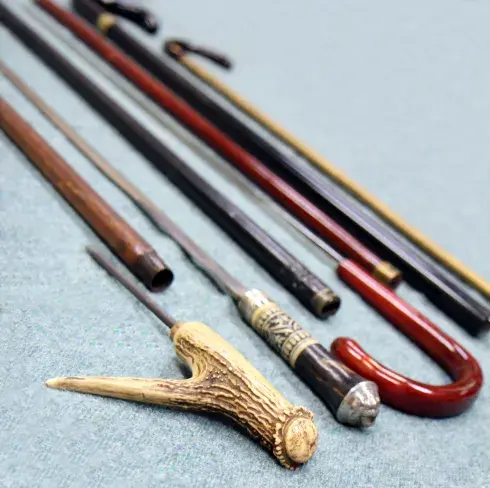
Even though in the present century walking canes are associated with physical incapacity, in the bygone days they served many purposes. Once they were used as weapons to confront enemies or ward off aggressive animals. Then they were used to conceal weapons like blades, spikes and knives or even fire arms. Those days the shafts of some of these walking canes contained convenient compartments for carrying different personal necessities like snuff, tobacco, cigars etc. Some of them had compasses, watches, opera glasses or binoculars attached to the handles. But the most popular use was to exhibit authority or social consequence of the owners. Ladies and gentlemen carried these stylish walking sticks to complement their wardrobe. Many of them owned more than one cane. There were canes for every occasion. The cane a gentleman used when he went for a morning walk was entirely different from the stylish cane made of exotic wood with expensive handles, which he took to a party or the theater. The canes used for rough walking had longer ferrules to cope with muddy terrains.h in the present century walking canes are associated with physical incapacity, in the bygone days they served many purposes. Once they were used as weapons to confront enemies or ward off aggressive animals. Then they were used to conceal weapons like blades, spikes and knives or even fire arms. Those days the shafts of some of these walking canes contained convenient compartments for carrying different personal necessities like snuff, tobacco, cigars etc. Some of them had compasses, watches, opera glasses or binoculars attached to the handles. But the most popular use was to exhibit authority or social consequence of the owners. Ladies and gentlemen carried these stylish walking sticks to complement their wardrobe. Many of them owned more than one cane. There were canes for every occasion. The cane a gentleman used when he went for a morning walk was entirely different from the stylish cane made of exotic wood with expensive handles, which he took to a party or the theater. The canes used for rough walking had longer ferrules to cope with muddy terrains.
Men's Historical Fashions-18th-Century-Accessories:
Buckles
When we think of buckles nowadays, belt buckles and shoe buckles may come to mind, but did you know that in the 18th century, there were buckles for knee breeches and even buckles used at the back of the neck? Unfortunately for the soldiers of the time, the neck buckles called "Stocks" were most commonly worn by them and were said to be very uncomfortable.
Shoe, Stock, and Knee Buckles-Shoes were not the only garment fastened with silver, steel, or bejeweled buckles. Men also wore smaller round or oval buckles at the knees to fasten their breeches, until silk ties and buttons replaced them in the late 1700s. Buckles with three or four knobs along one side were used for fastening stocks (see the stock elsewhere in the gallery). The stock would be constructed with eyelet holes to fit the man’s existing stock buckle. Though usually covered by a man’s coat collar, stock buckles were often decorative.
We have reached the end of The Life and Times of Hope for Charity blog series! I hope you enjoyed it as much as I did. In the future, I may post more research tidbits, because this has been a scratch on the surface of all the research that has gone and is going into my novel series, A Lady of Hope.
Above, I mentioned about pocket watches being passed down through the generations. I'm curious, do any of you have any of these other accessories? We also have a walking stick a great uncle made, which is special to us. If you do, I'd love to hear about them.
Next time, let's talk more about my writing/publishing to-do list I mentioned in last month's, July 2024 Newsletter. If you aren't yet subscribed, push that button below and take care of that problem now so you don't miss any posts, updates, or newsletters! And please find me on social media, too! I'm on LinkedIn, Truth Social, Instagram, X, and Pinterest! I'd love to hang out with you there.

.png)

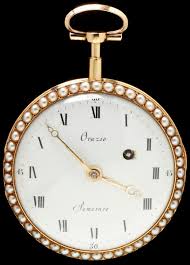
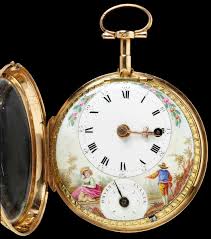



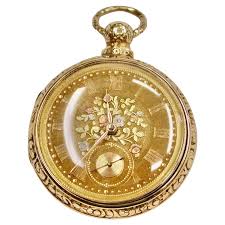
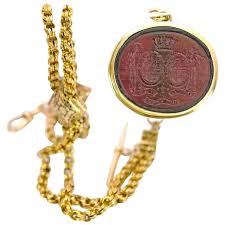




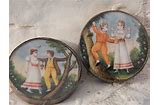
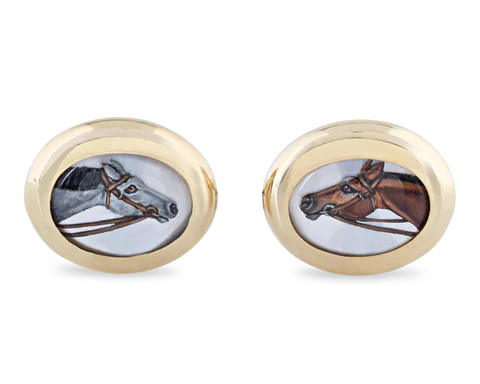
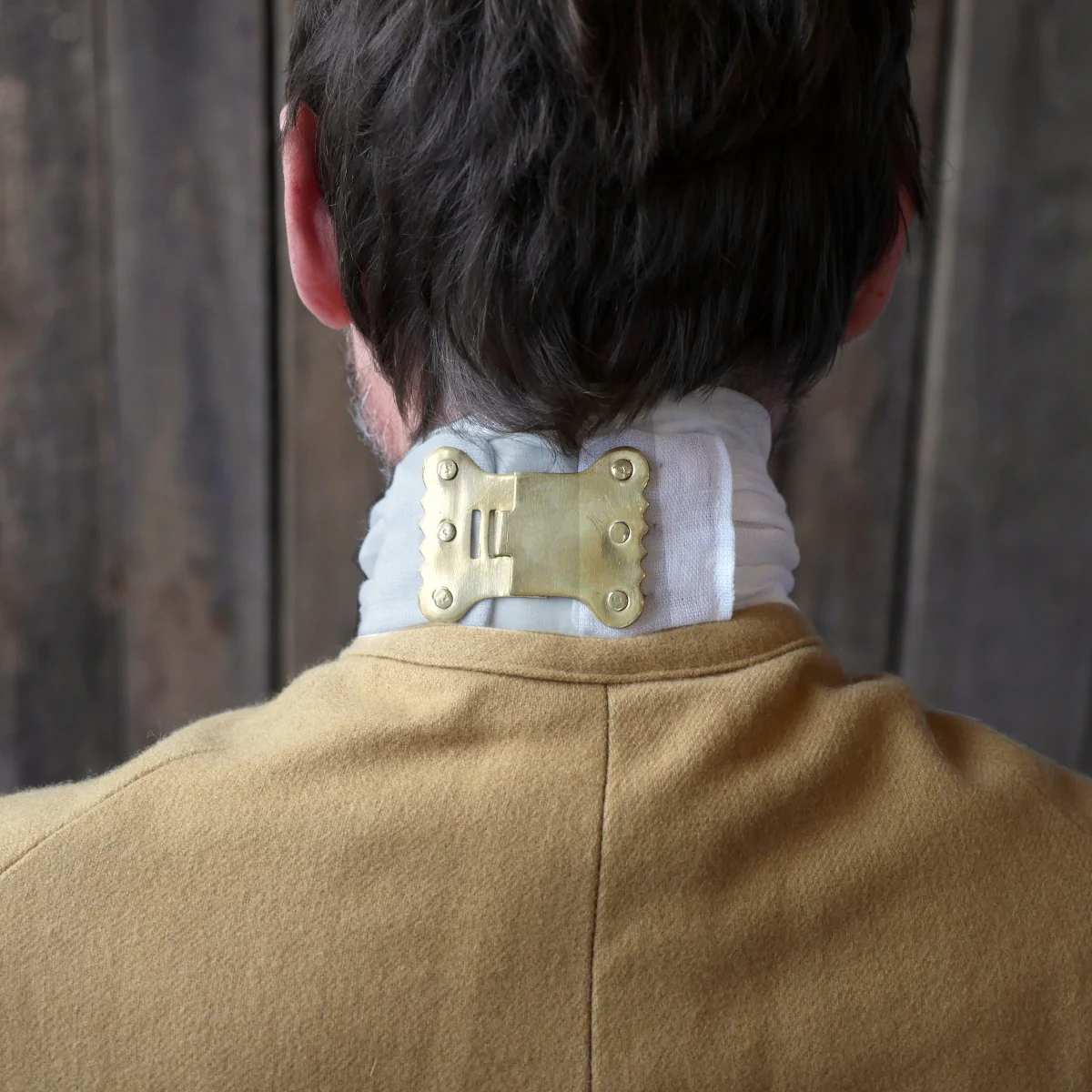



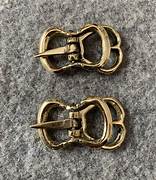
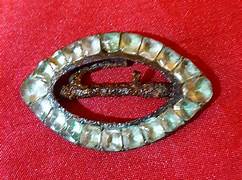
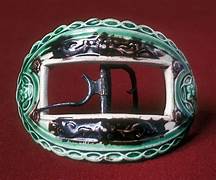
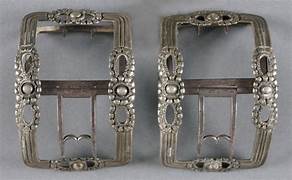
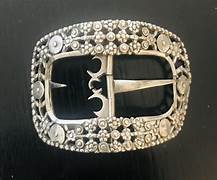





Comments